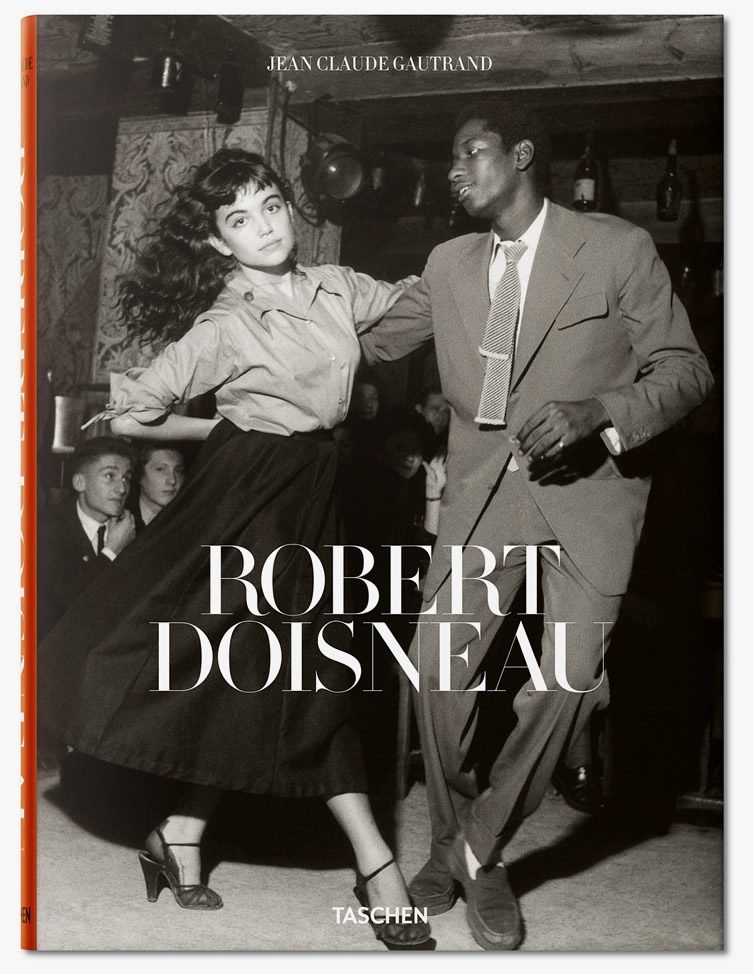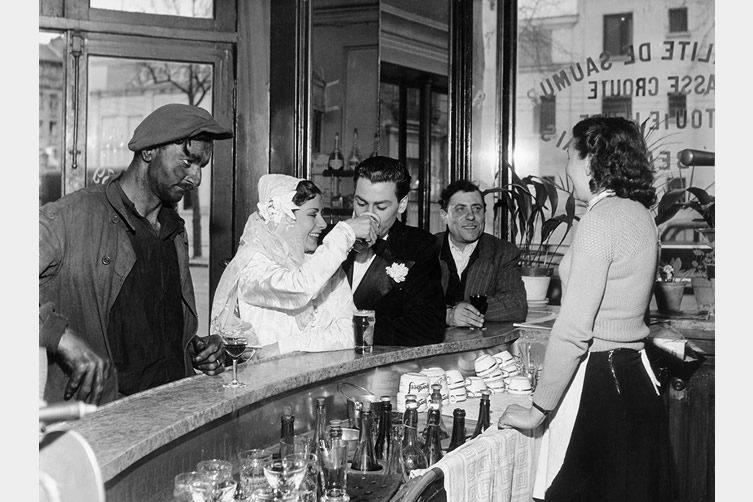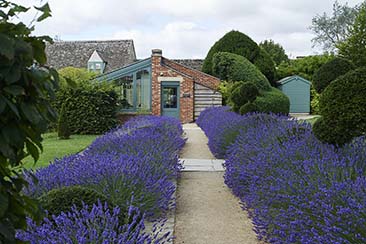The career of Robert Doisneau, the French photographer celebrated for his work in the photographie humaniste style which rose to prominence in the 1950s, enjoys its most comprehensive review to date in a new book from friend and author Jean Claude Gautrand.
Doisneau had a difficult start to life, losing his father – a plumber – during World War One and his mother three years later; throughout his work he always maintained a respect for the working class, portraying them with a noble dignity. At 13 he enrolled in a craft school, where he was first involved with the arts, before taking up photography as an amateur at 16. After a stint as a draughtsman and later camera assistant for an advertising company, Doisneau’s photographic career took its first steps with the sale of a photographic story to Excelsior magazine in 1932.
The outbreak of World War Two interrupted his progress – he served as a soldier and photographer, and later forged passports and papers for the French Resistance – but he returned to work with renewed success in the post-war period, and was employed by Vogue as a fashion photographer in 1948. Despite the glamour of his day job, Doisneau is remembered for his images depicting “ordinary people in ordinary situations”, although his eye for humour and a pervading warmth marked his work out as anything but ordinary, propelling him to the forefront of the photographie humaniste movement of the 1950s. This volume from TASCHEN features over 400 images from the archive of Atelier Robert Doisneau, including his most celebrated photographs and some rarely-seen colour shots. Robert Doisneau is available from the publisher.
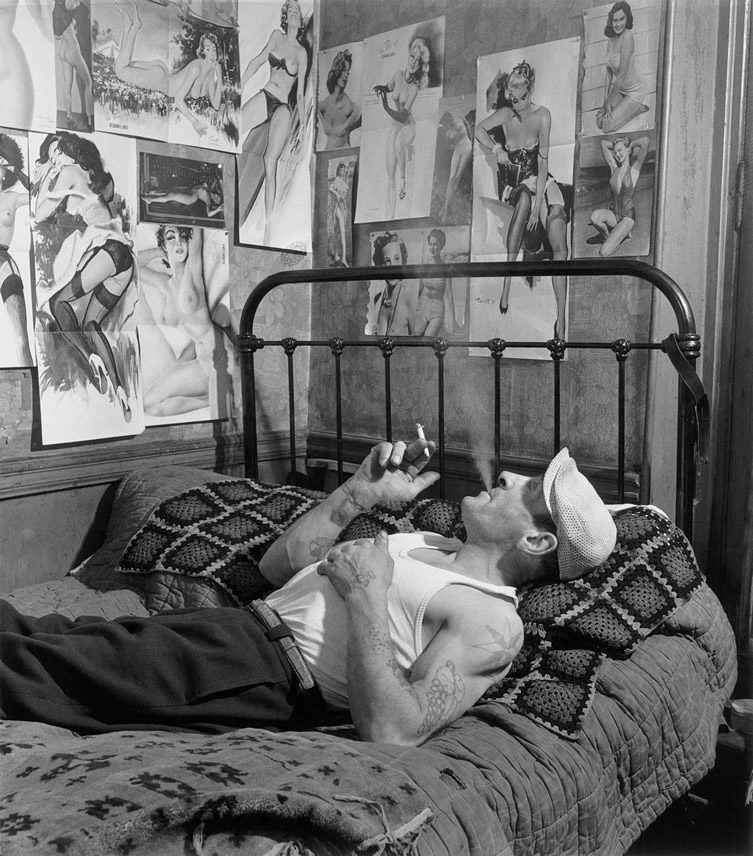
© 2014 Atelier Robert Doisneau, Paris
Creatures of Dreams
Rue Mouffetard, Paris, 1952
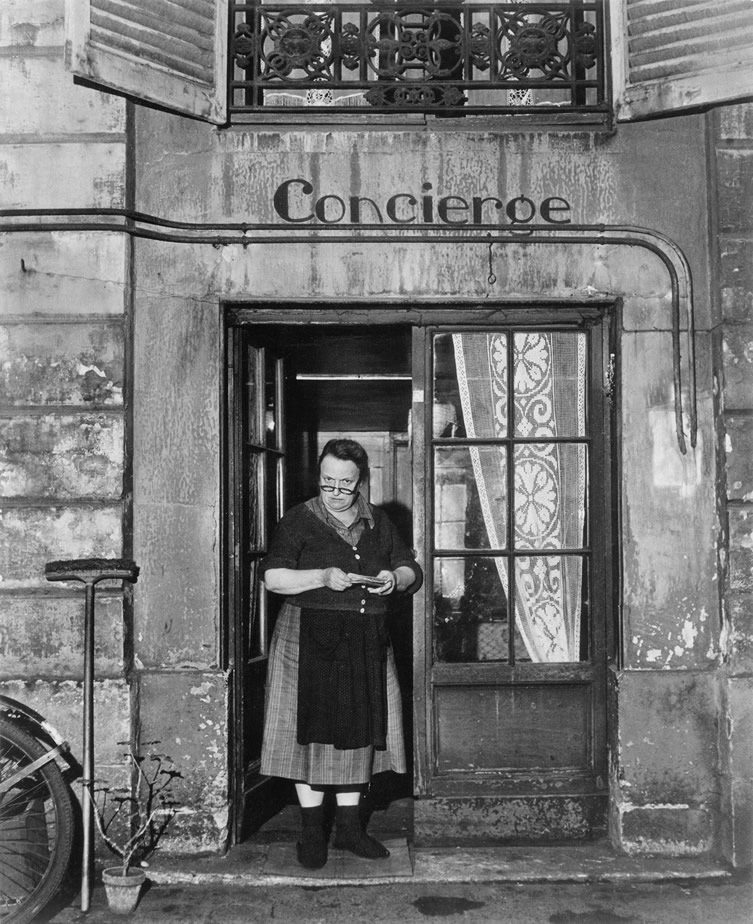
© 2014 Atelier Robert Doisneau, Paris
Bespectacled Concierge
Rue Jacob, Paris, 1945
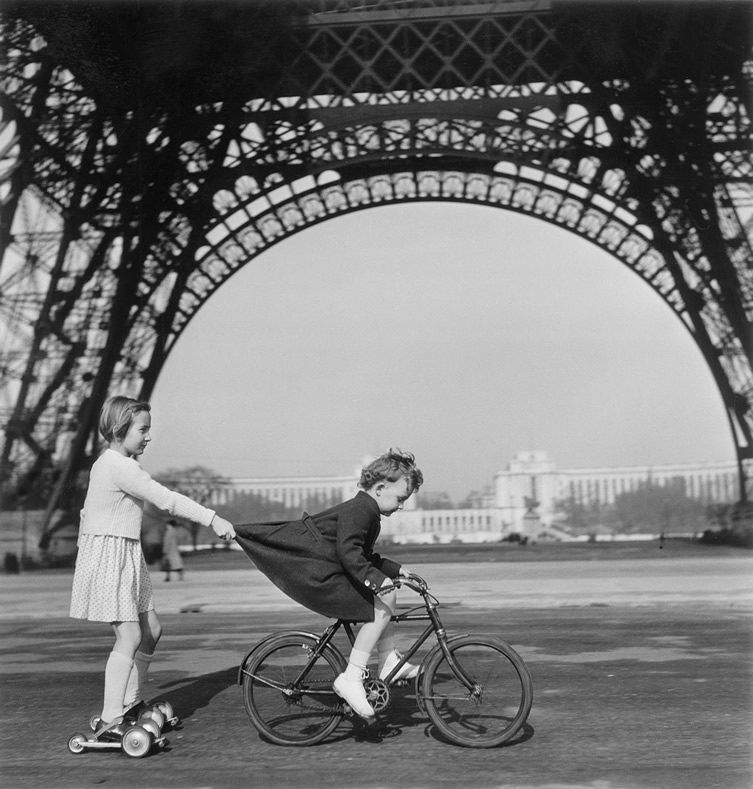
© 2014 Atelier Robert Doisneau, Paris
Towing on the Champ-de-Mars
Paris, 1943
